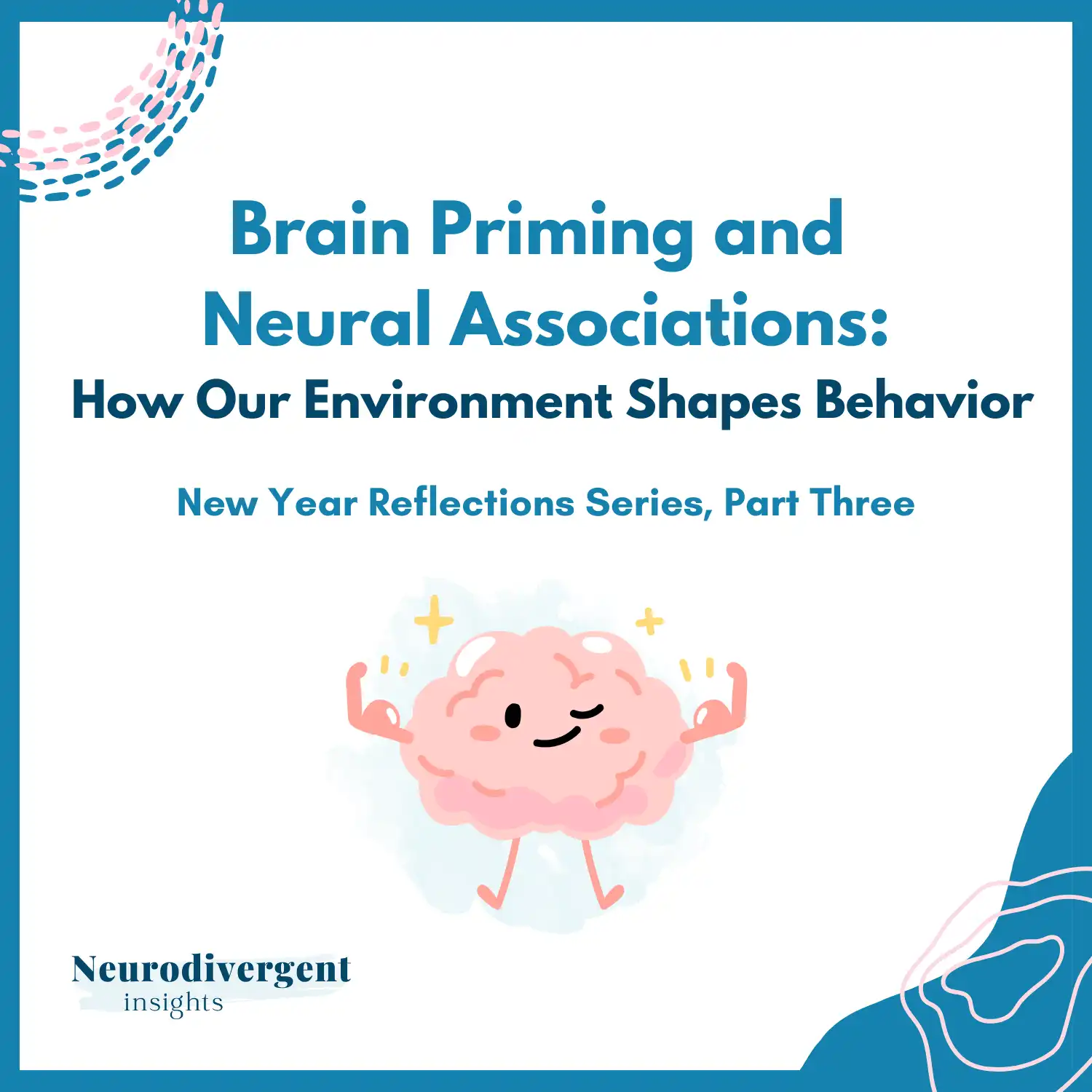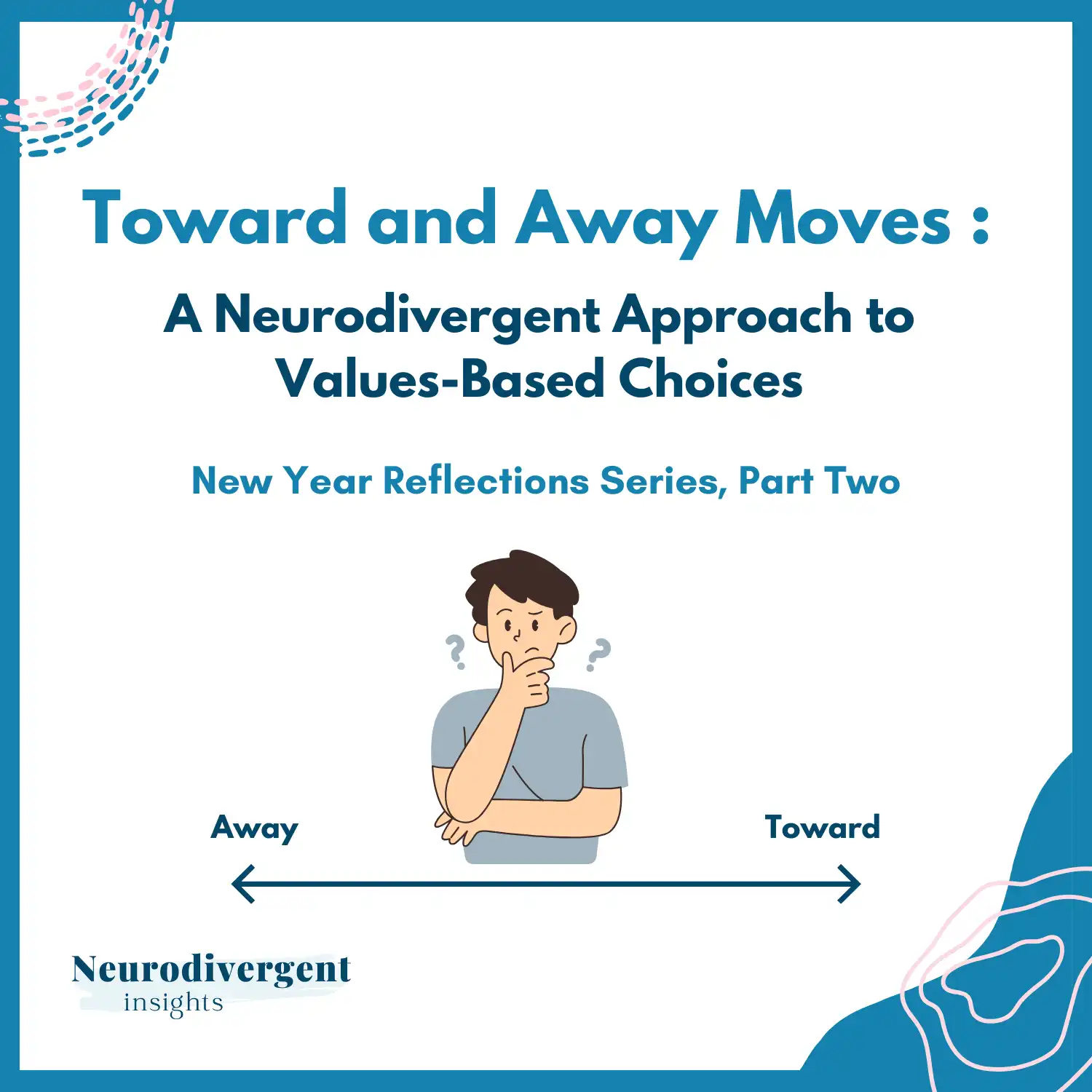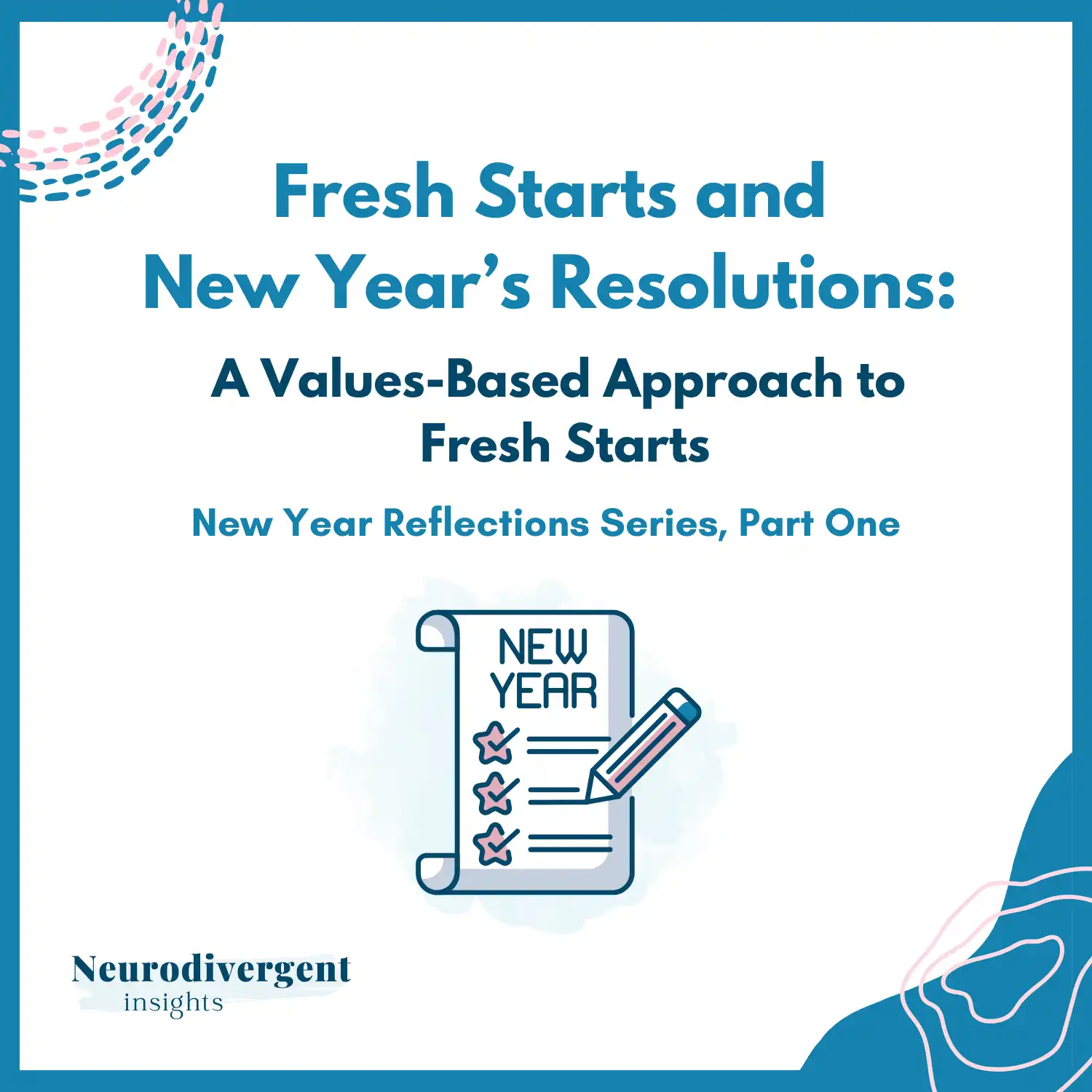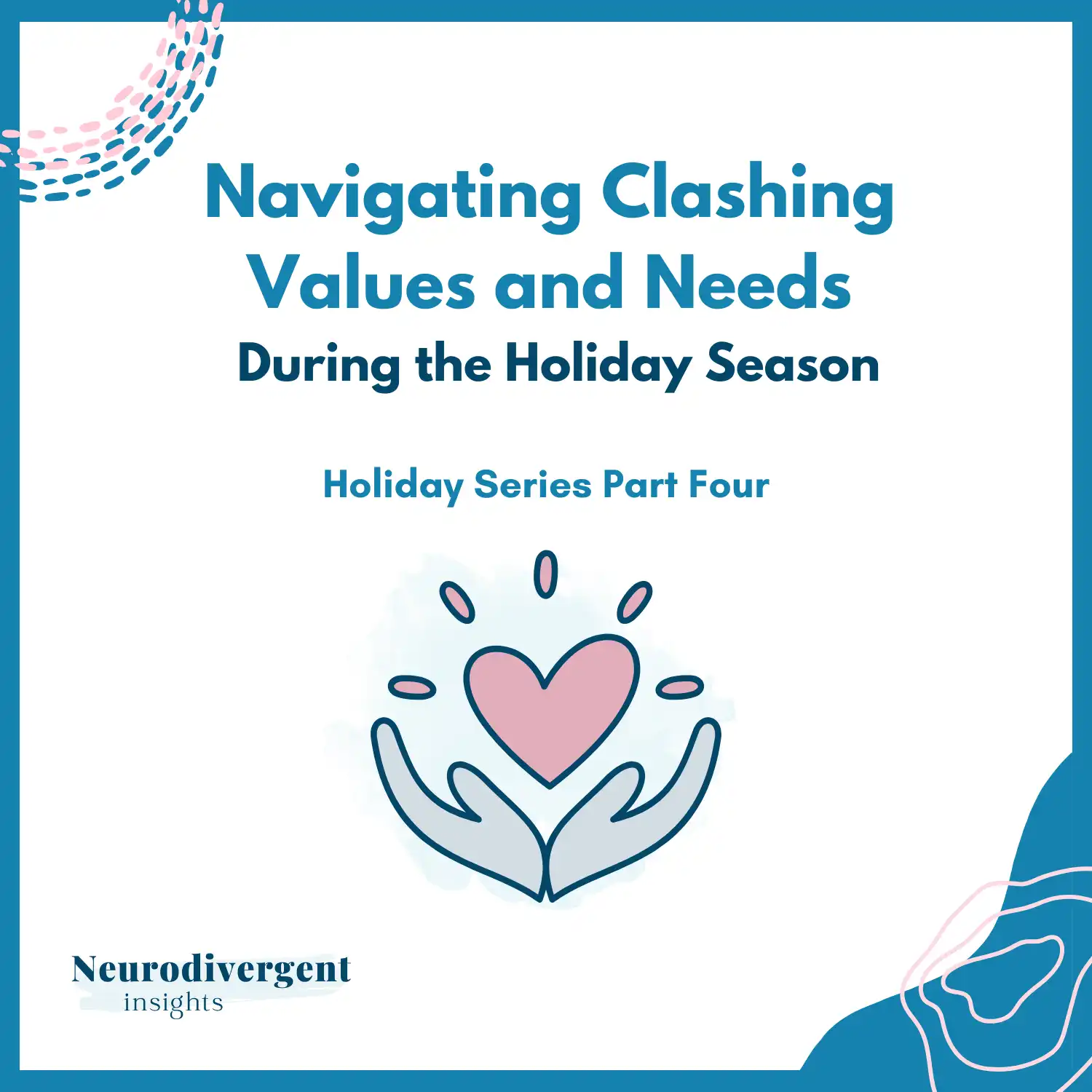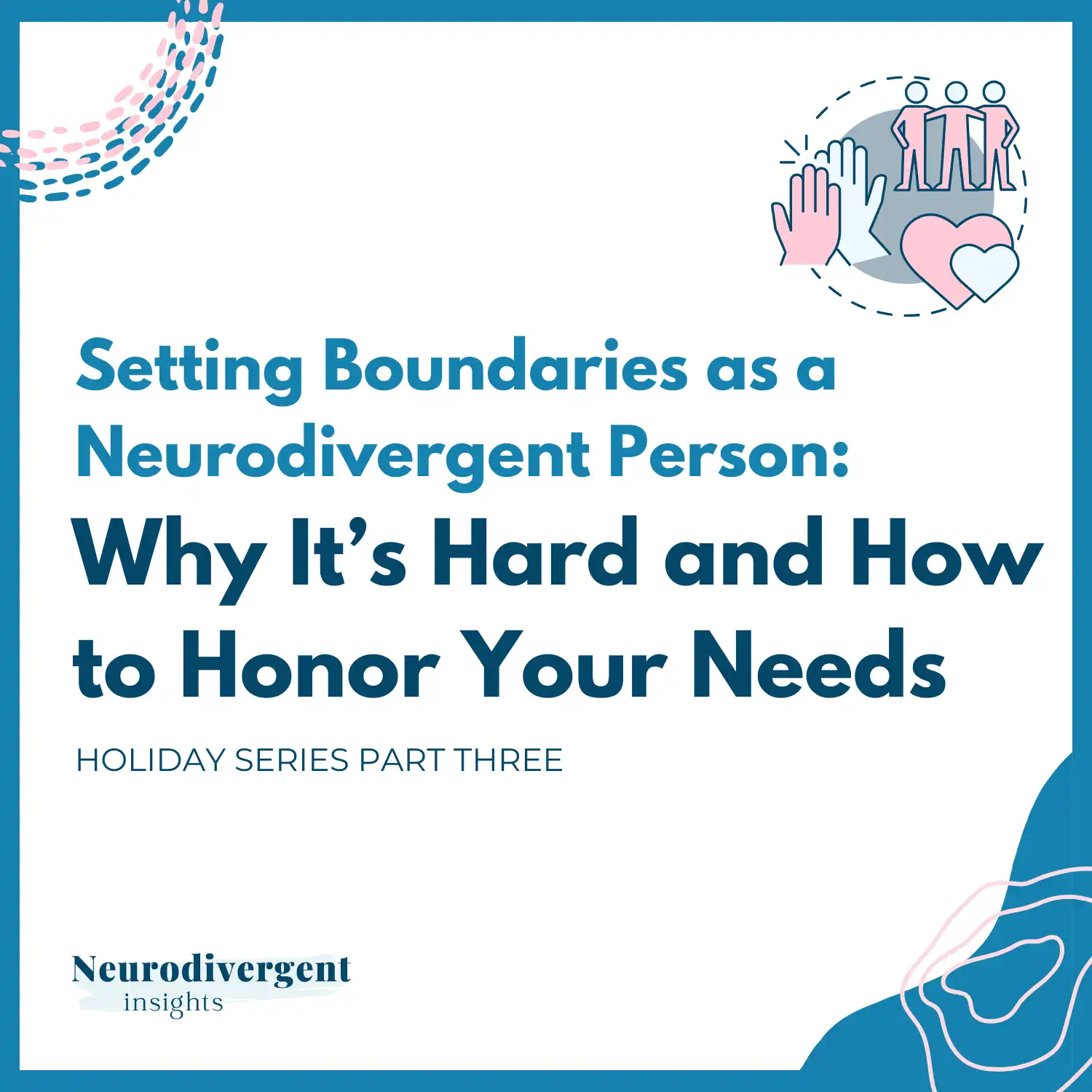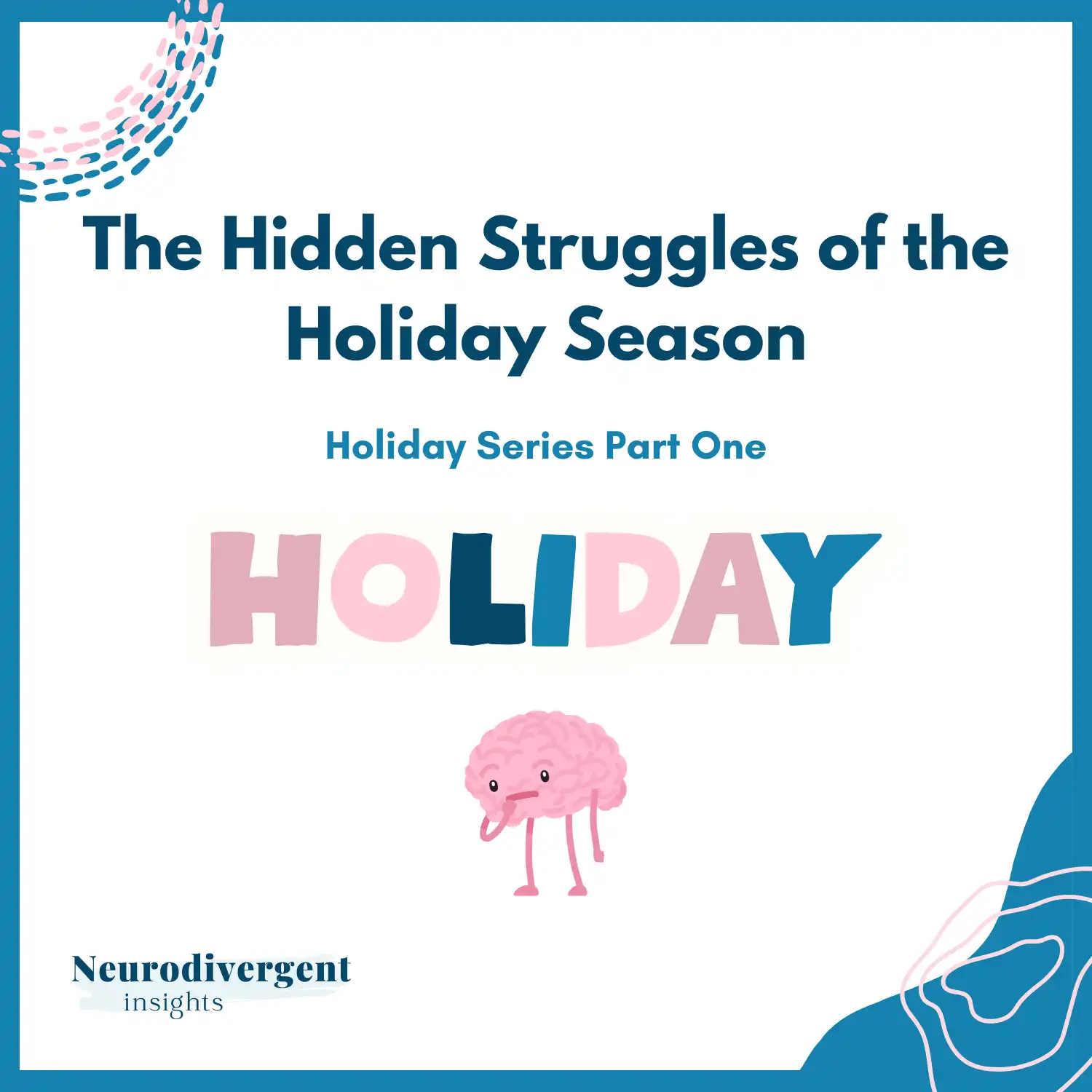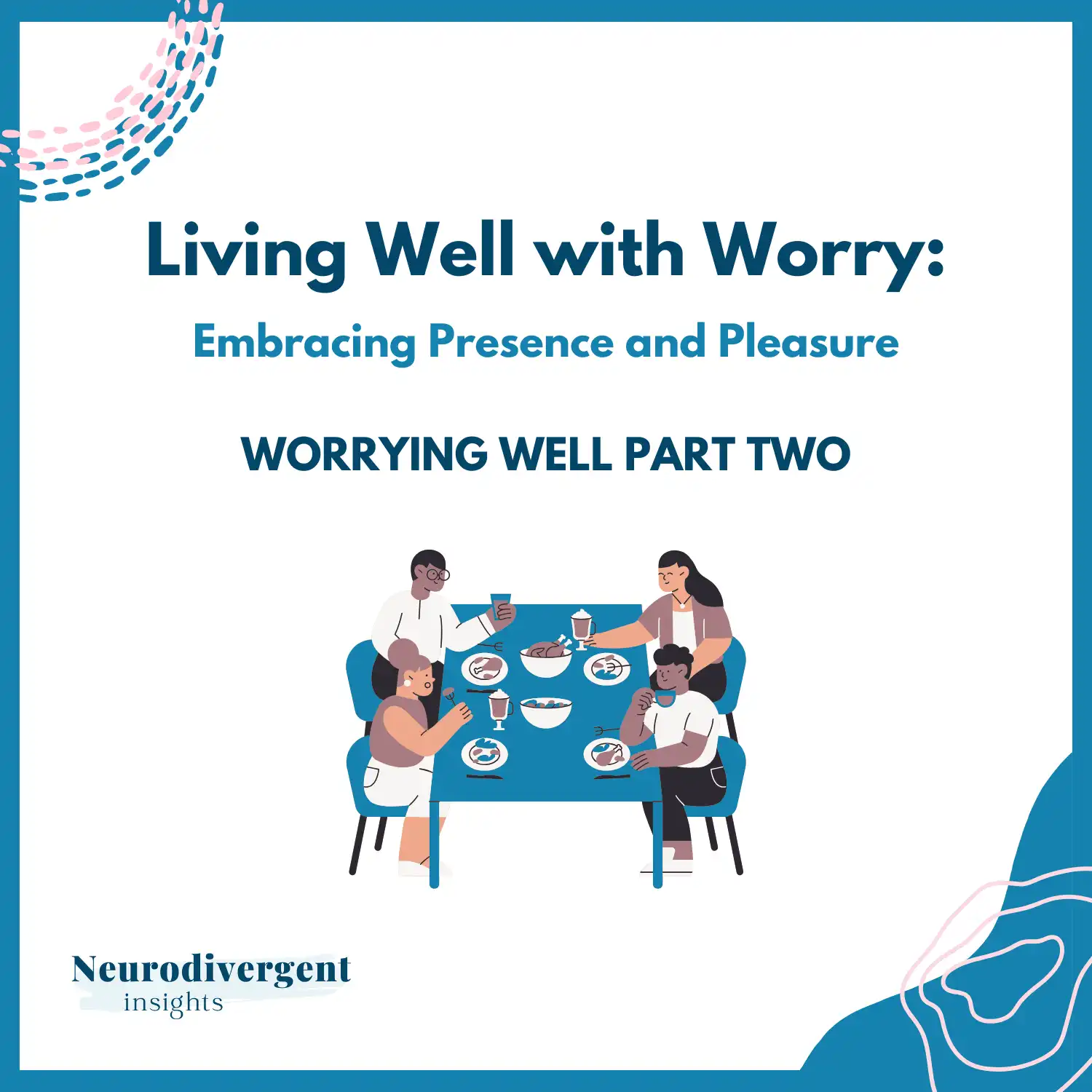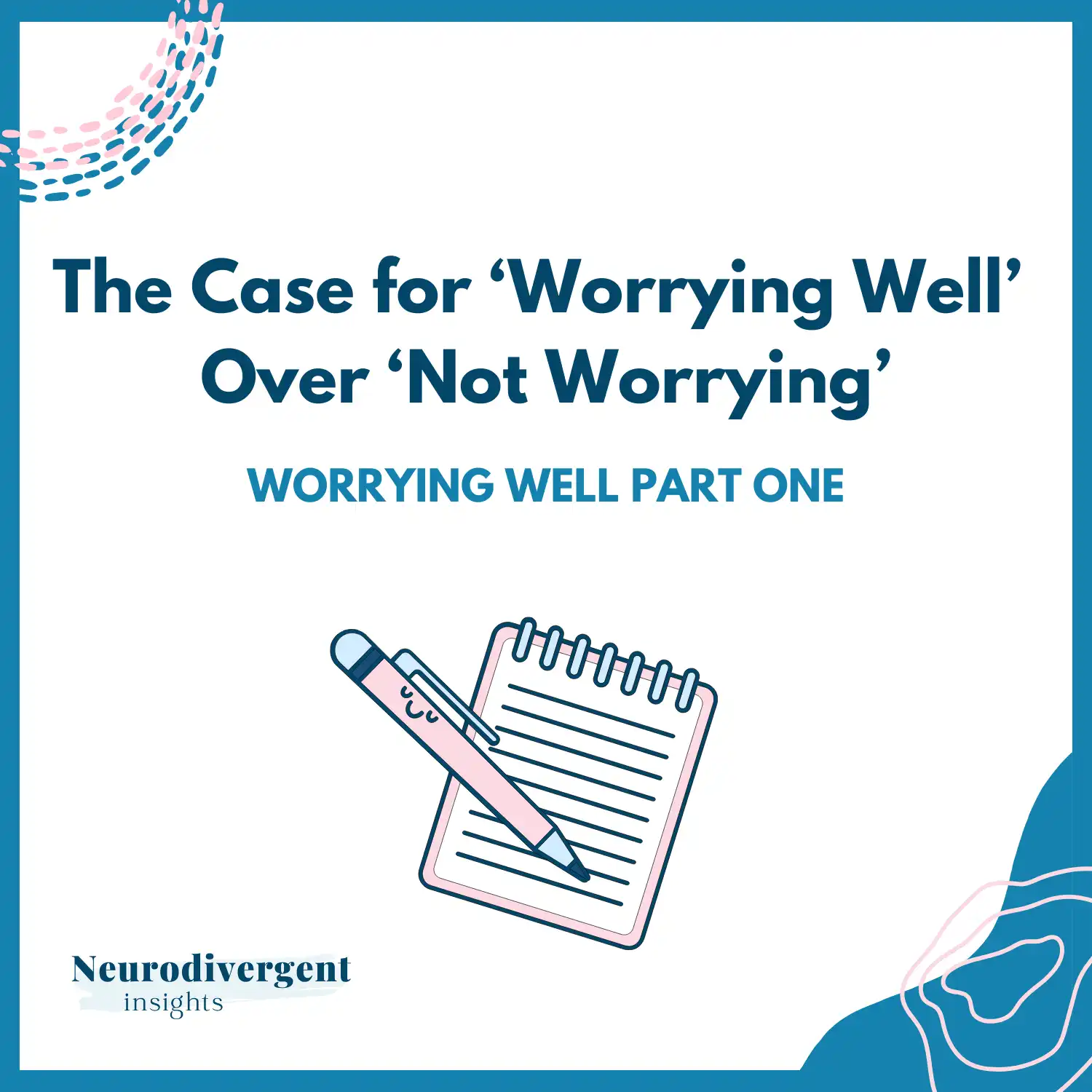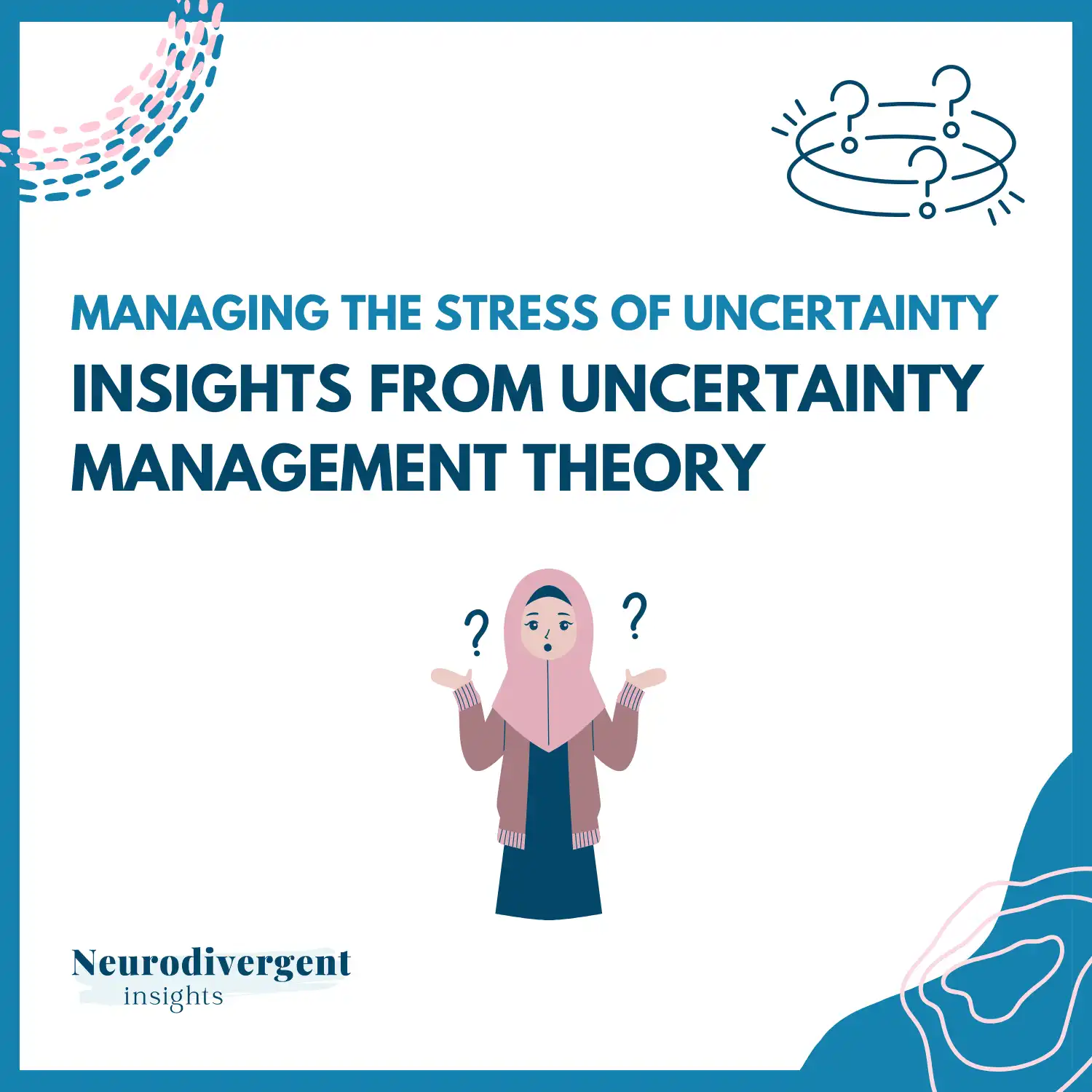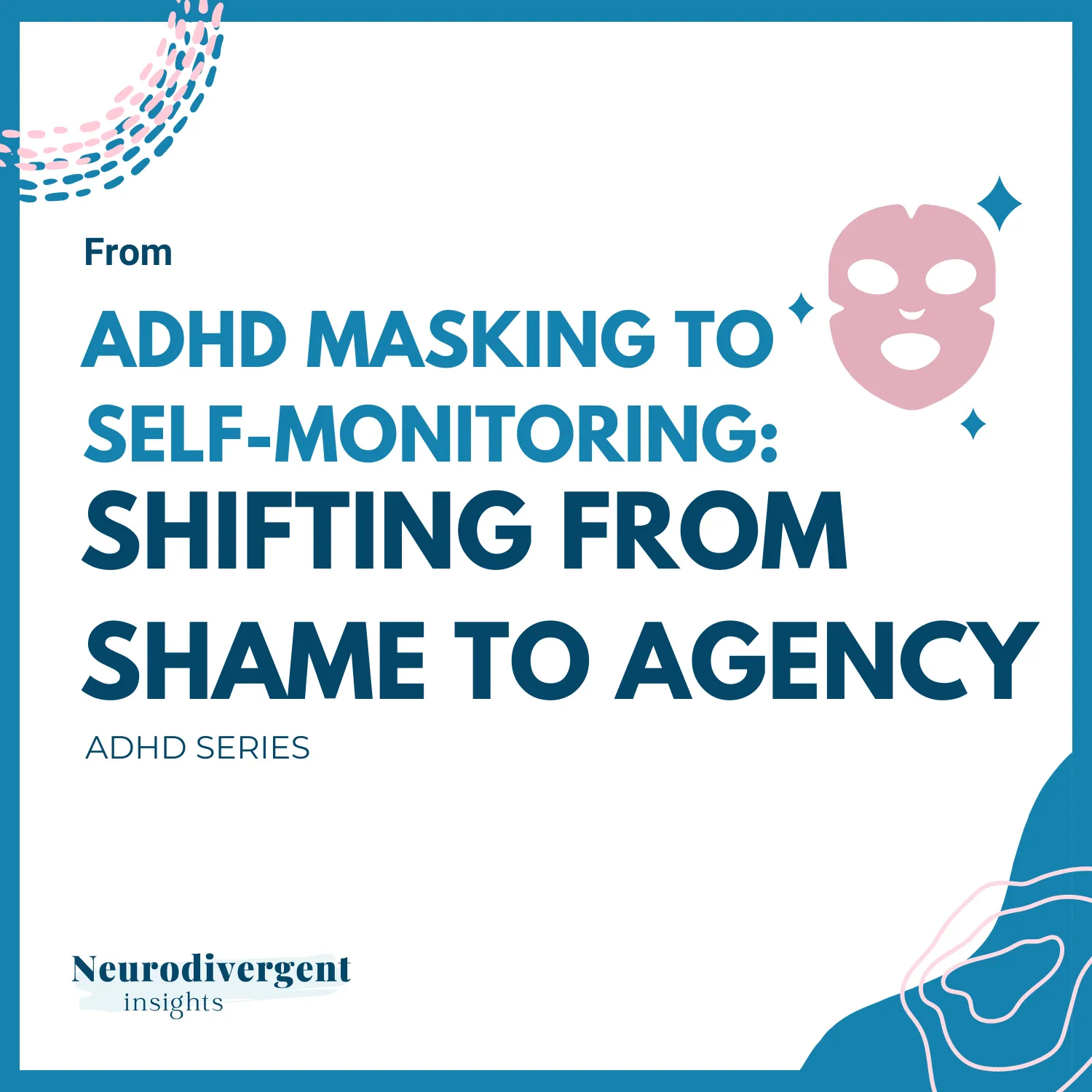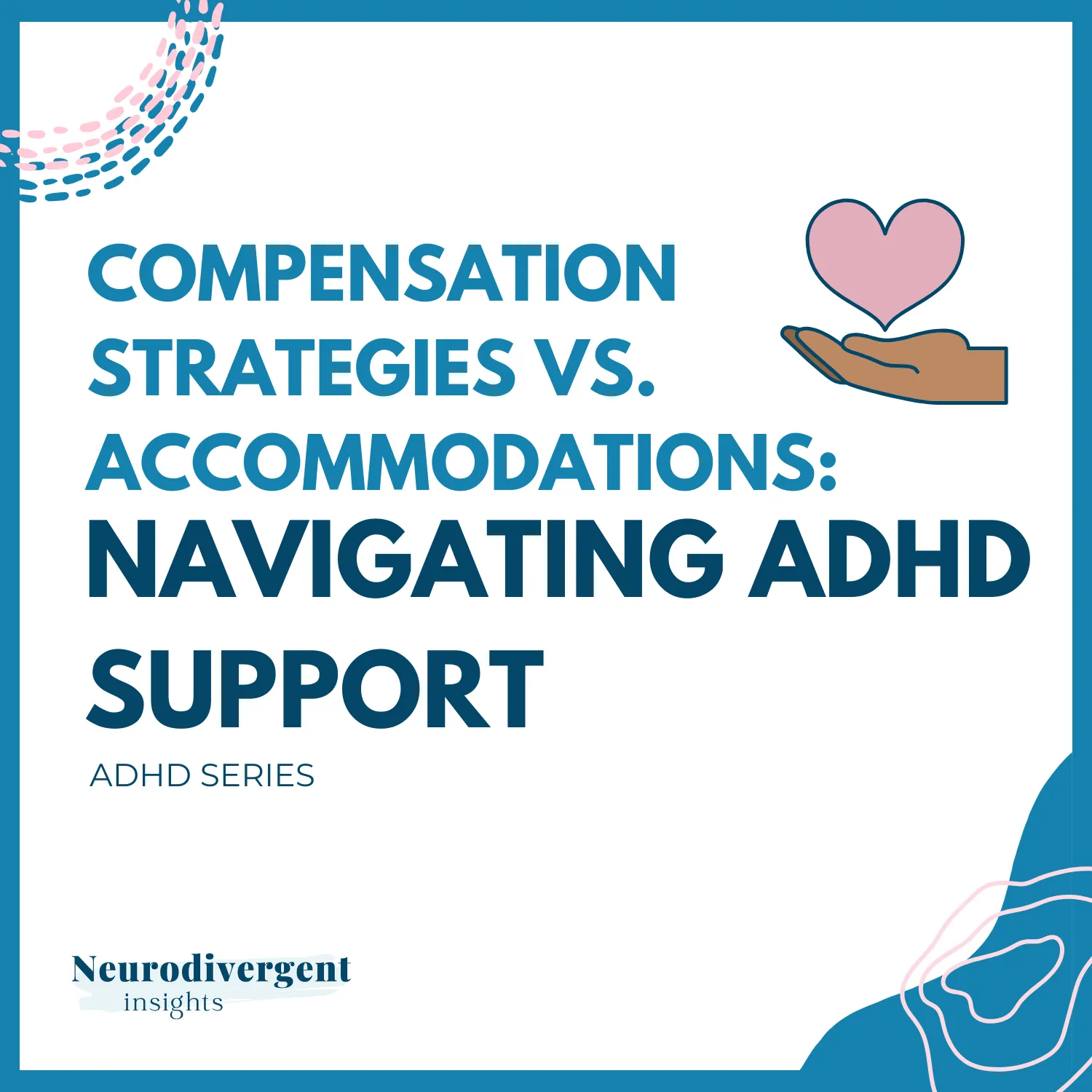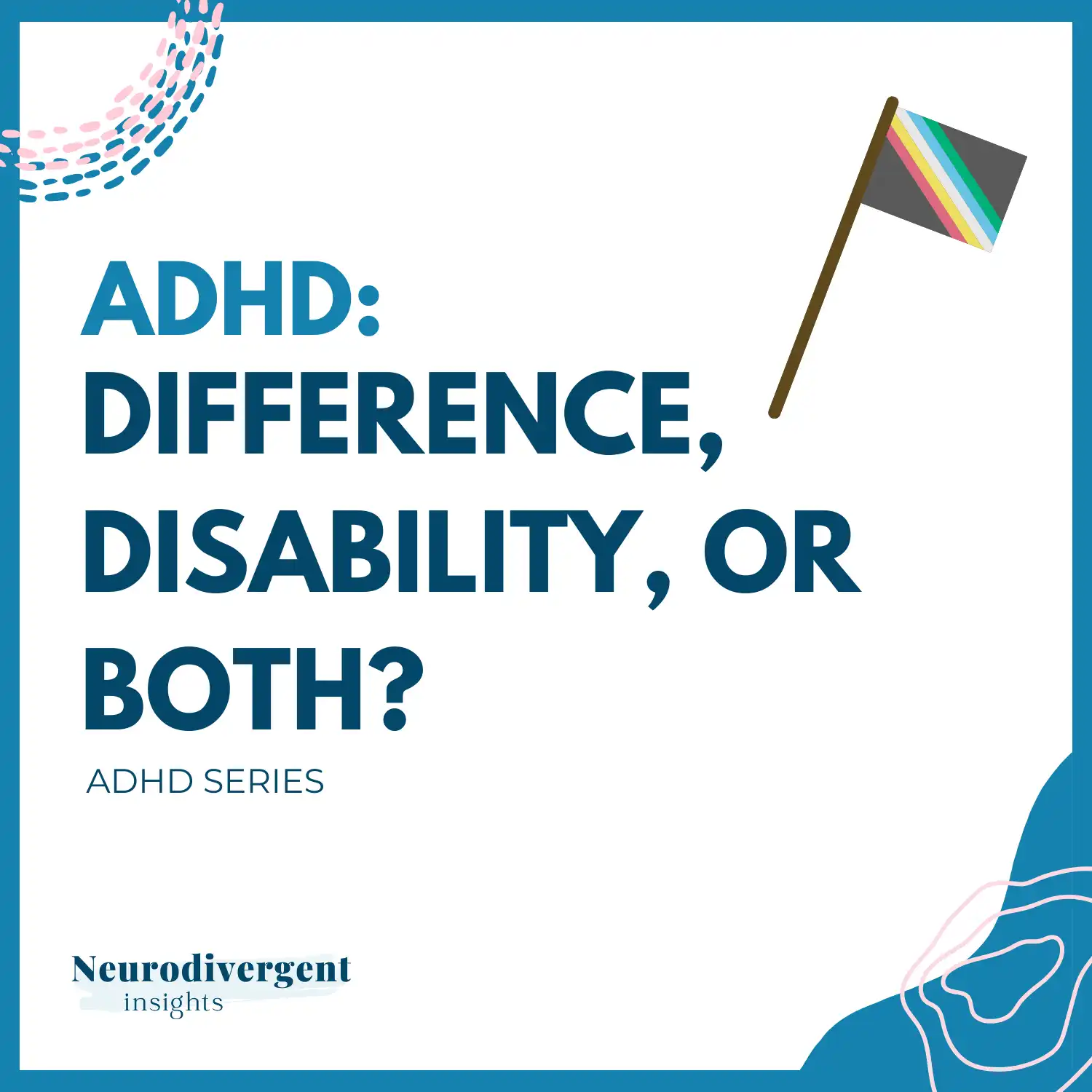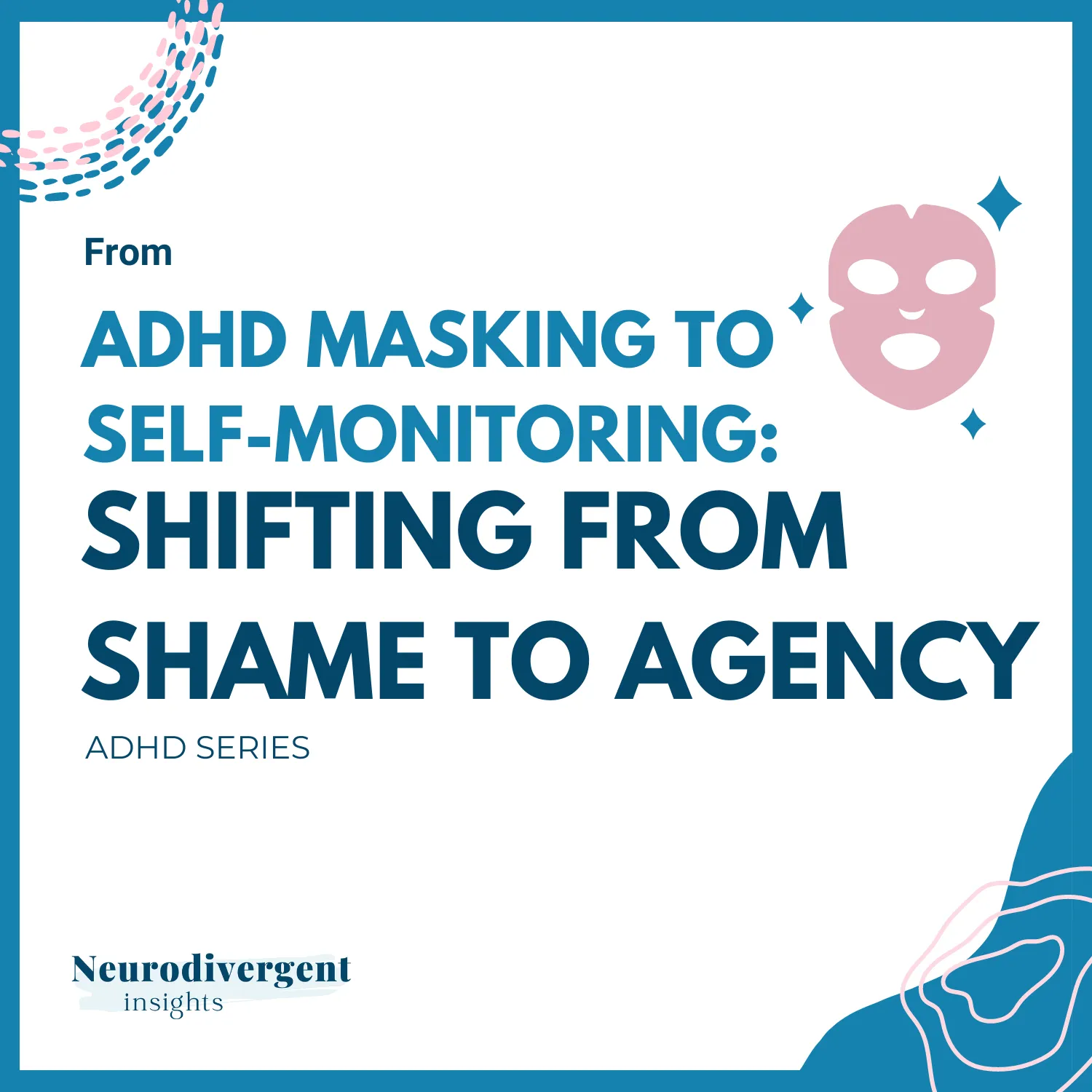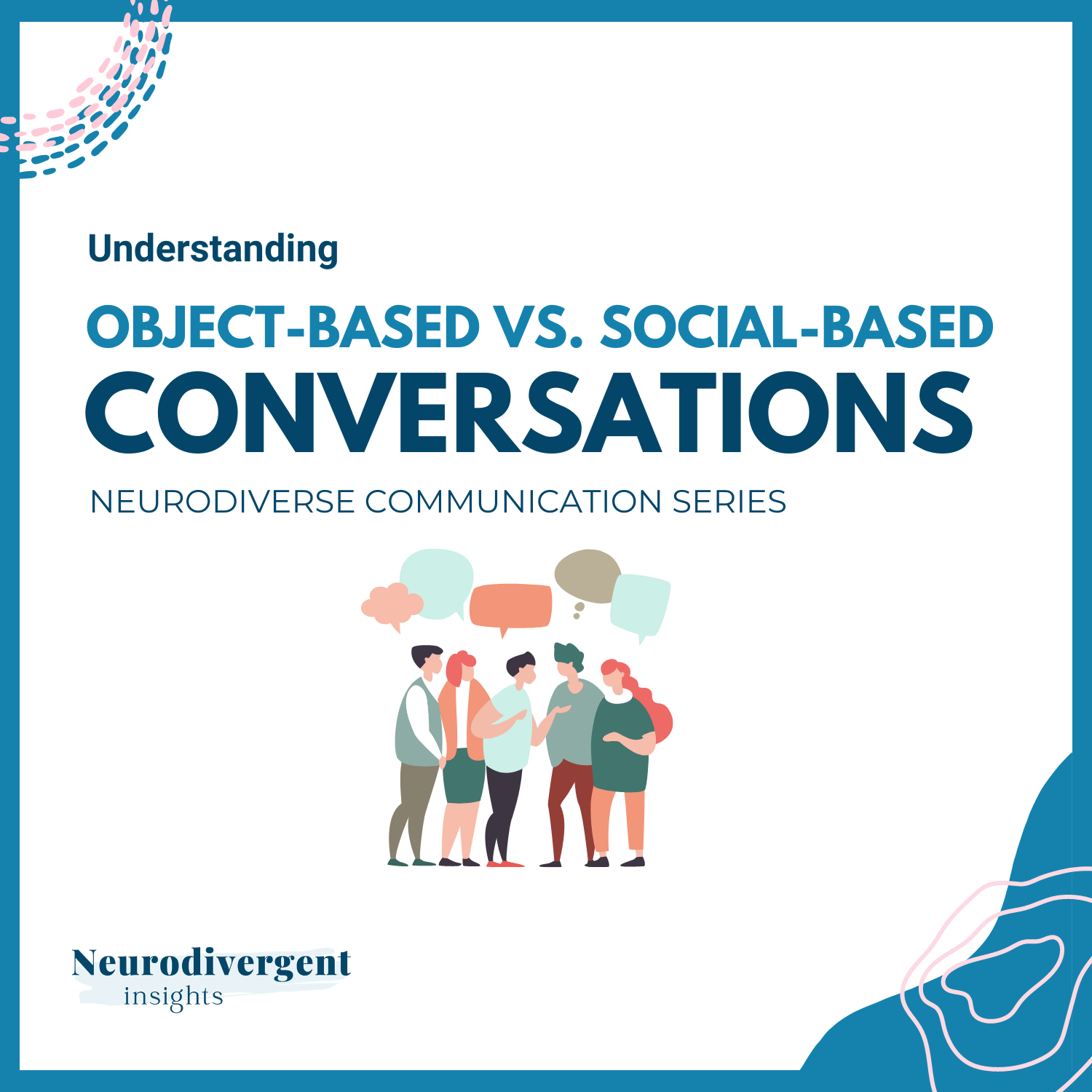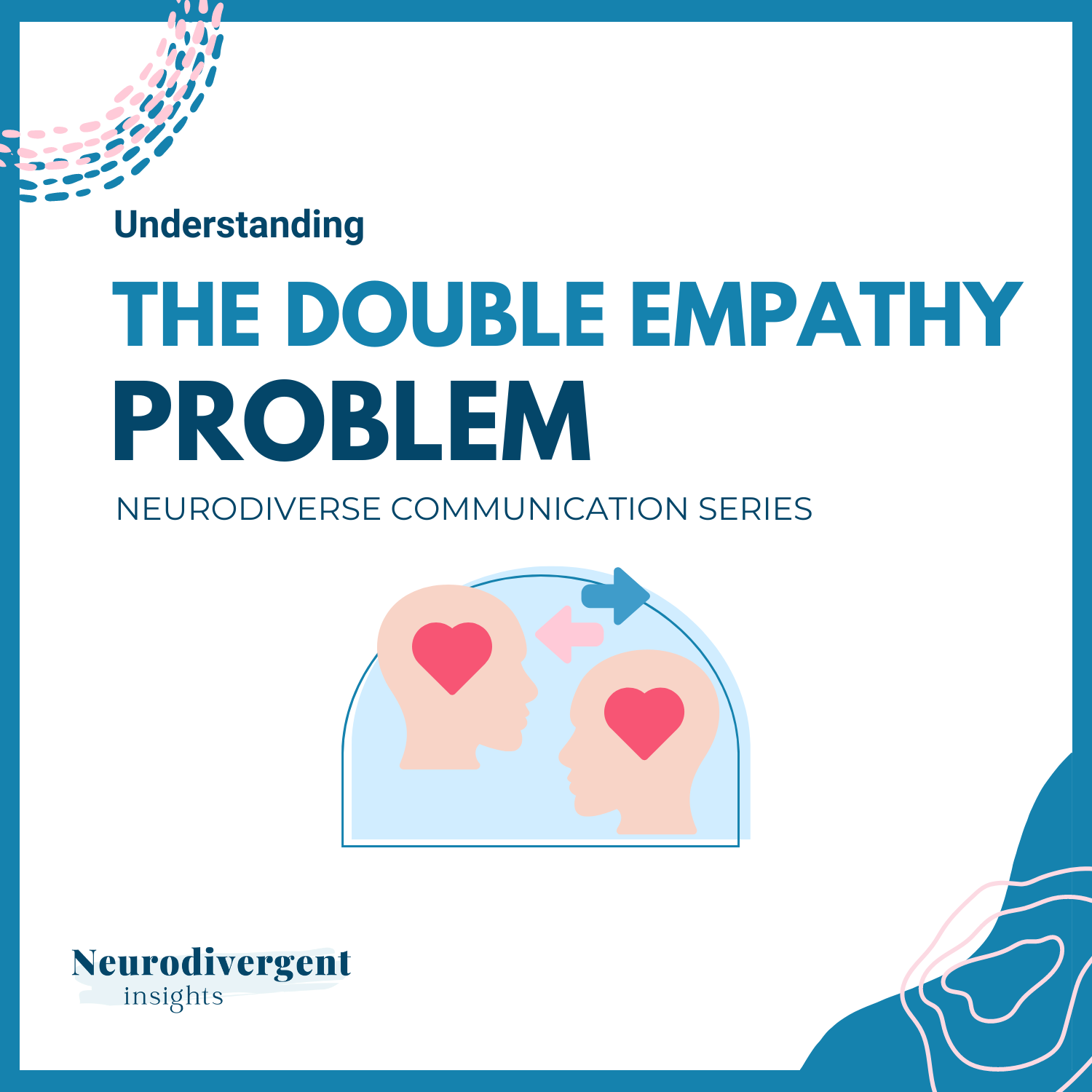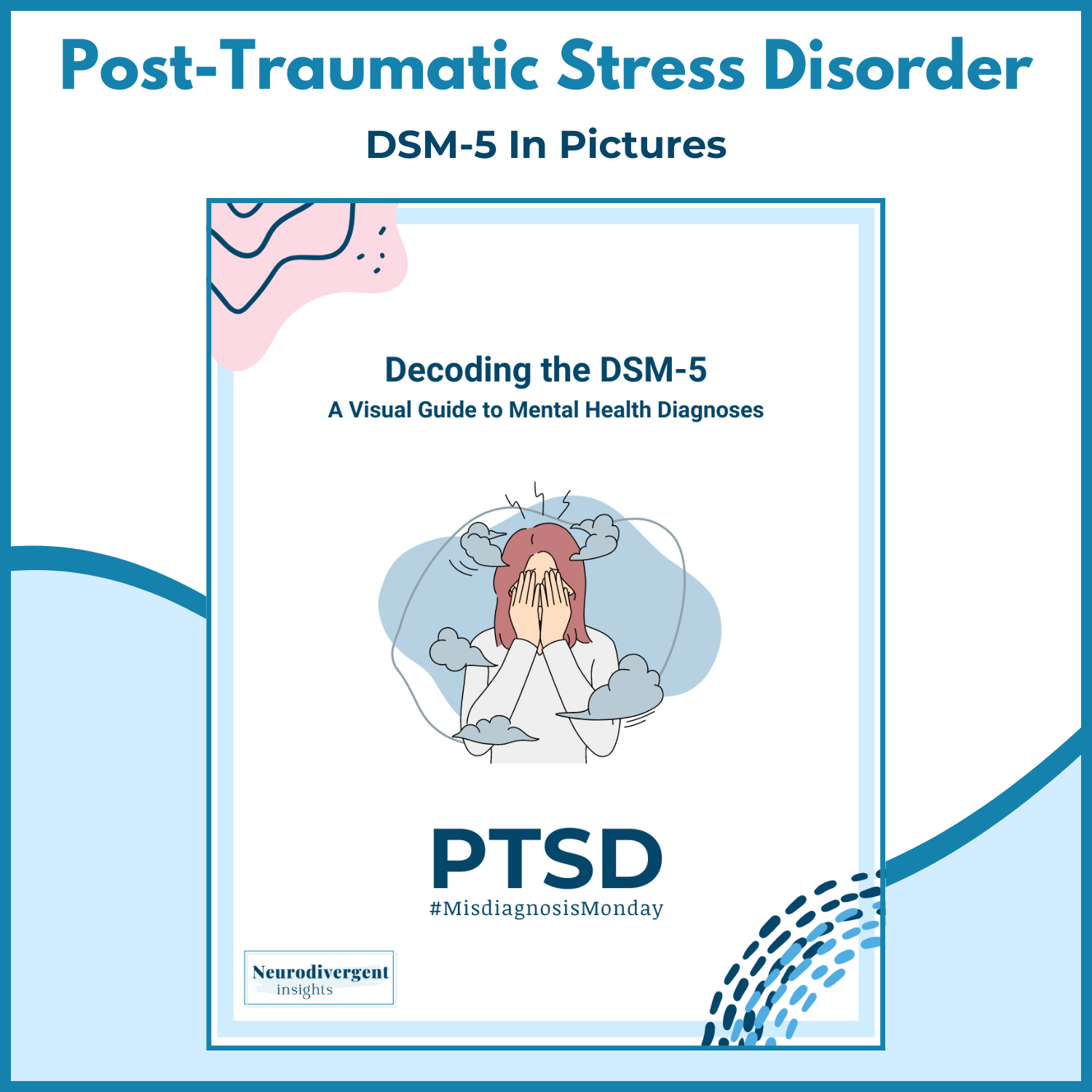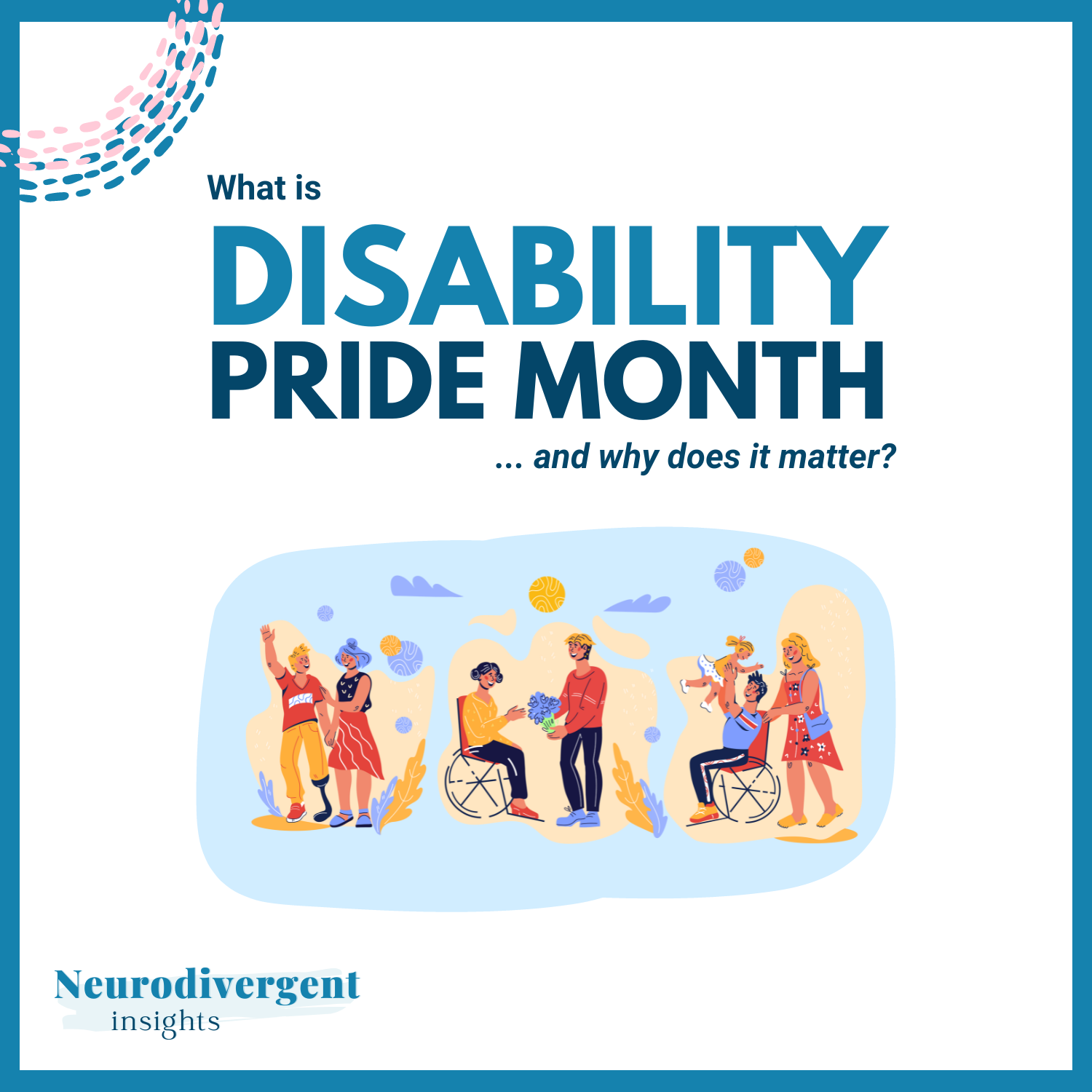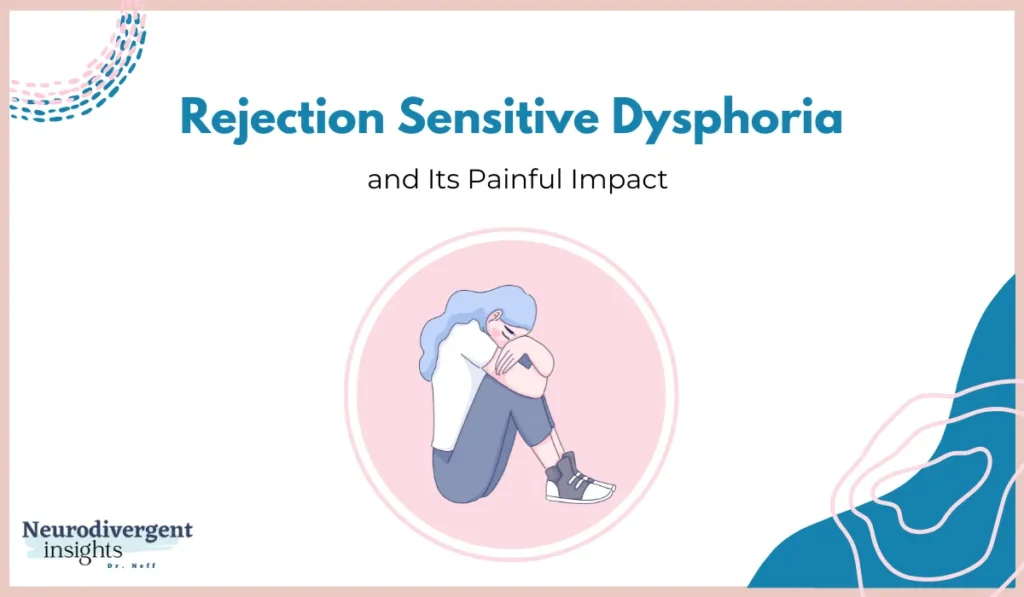
Navigating numerous rejection sensitivity spirals has been a recurring theme in my life. Everyday interactions, such as receiving constructive comments, fleeting glances, or even well-intentioned feedback, can suddenly transform into emotional landmines when you’re grappling with Rejection Sensitive Dysphoria or RSD.
Ever experienced that “a-ha” moment when everything clicked into place? Well, that’s precisely what happened to me. I finally comprehended why rejection had such a profound impact on me when I stumbled upon this concept called Rejection Sensitive Dysphoria (RSD). It was as if all the puzzle pieces fell into perfect alignment. I came to understand that I wasn’t merely overly sensitive; this was a real phenomenon, a substantial part of being someone with ADHD. And, as it turns out, many individuals with ADHD share this experience. I’ve witnessed it not only in my professional mental health work but also in my personal life. This newfound understanding has empowered me to navigate RSD more effectively.
Today, I invite you to dive into the realm of RSD with me. To grasp the concept fully, we must first comprehend normative rejection sensitivity, its origins, and how RSD distinguishes itself. In this article, we’ll take a closer look at:
What exactly is rejection sensitivity?
Framing rejection sensitivity through an evolutionary lens
Exploring the key components of RSD
Strategies to navigate and manage your RSD
Now, let’s dive in and explore what exactly rejection sensitivity entails.
What is Rejection Sensitivity?
While not everyone experiences rejection sensitive dysphoria, the sensation of being sensitive to rejection is a universal human experience. Consider rejection sensitivity as a facet of human nature, intricately tied to our innate longing for belonging. It’s like looking at two sides of the same coin – rejection sensitivity on one side and the deep desire to belong on the other.
This need for human connection is profound and primal. Rejection sensitivity acts as a signal, highlighting our yearning for acceptance and connection. Its intensity grows when our sense of belonging is at risk, especially when we encounter emotional wounds, exclusion, or social hurdles. Think of it as a signal that alerts us when something isn’t quite right, prompting us to take action to protect our belonging.
Within the realm of rejection sensitivity lies the intriguing insights of attachment theory. This theory shines a light on how our early relationships mold our lifelong perceptions and interactions. At its core, rejection sensitivity mirrors our powerful need for connection, heightened even more when that need remains unfulfilled. This sensitivity makes us aware of rejection signals. These signals are intended to protect us, as rejection is experienced as a threat to our attachment system.
In ancient times, belonging to a group was essential for survival, etching it deep into our identity. This historical link explains why rejection still carries a potent impact today. Our primal yearning for connection endures, evoking responses that have persisted through generations into our modern lives. This is why it can be helpful to look at rejection sensitivity through an evolutionary lens.
Evolution of Rejection Sensitivity
The origins of rejection sensitivity can be traced back through human history, sculpted by the intricate interplay of social dynamics and survival instincts. Rejection sensitivity connects us to our shared past, revealing how our need for acceptance is deeply ingrained within us.
From an evolutionary standpoint, our ancestors thrived in tightly-knit groups, where teamwork and cohesion meant the difference between life and death. Belonging to these groups offered connection and protection, access to resources, and the chance to carry on their lineage. In essence, belonging was synonymous with survival.
During this era, being welcomed and valued within the group was paramount. Experiencing rejection or exclusion had dire consequences – it could mean physical peril as individuals forfeited the group’s protection and resources. This is when the human brain began developing a heightened sensitivity to cues of acceptance or rejection.
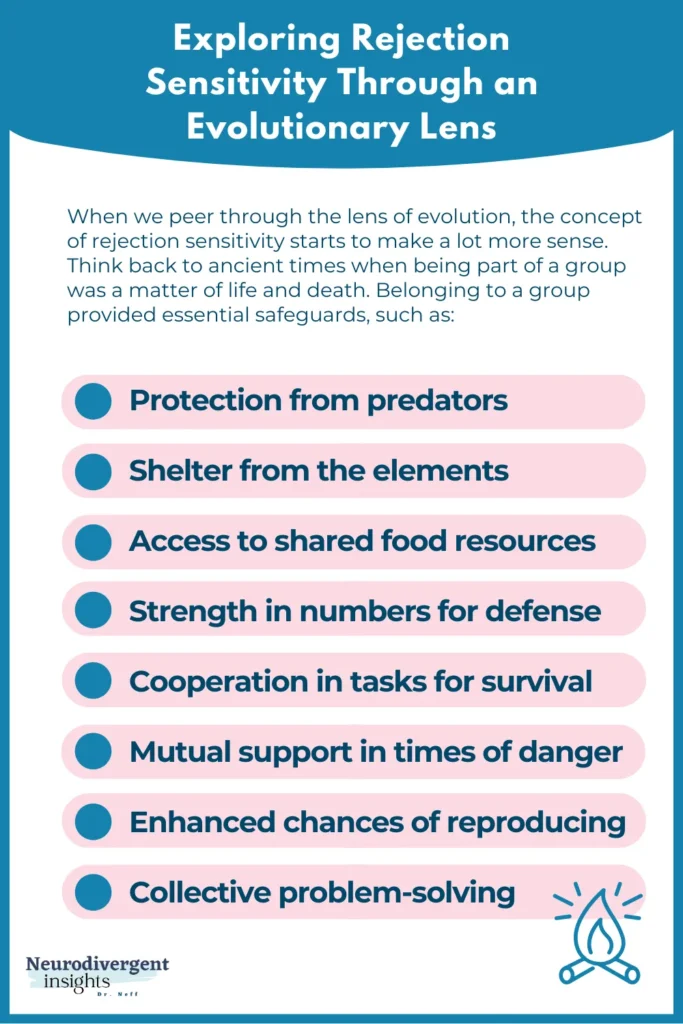
This heightened sensitivity became an advantageous genetic trait over time. Our brains began meticulously deciphering the subtle signals of inclusion or exclusion, recognizing that these cues held the key to our survival and well-being. This instinct allowed individuals to align their behavior with the group’s norms, minimizing the risk of rejection and bolstering their chances of making it through.
While the modern world has detached survival from immediate group ties, the evolutionary origins of rejection sensitivity endure. Even if the consequences of rejection are less immediate, our brains still respond robustly to cues related to acceptance and belonging. Rejection sensitivity is a living testament to an adaptation that aided our forebears in navigating intricate social landscapes. Its influence persists, shaping our perceptions and actions to this day.
Understanding the evolution of rejection sensitivity unveils why we’re so profoundly affected by rejection. It underscores that our innate need for connection and belonging is rooted in our history, profoundly influencing our emotional experiences and social interactions.
The Rejection Sensitivity Spectrum
In the maze of human emotions, reactions to rejection take on various shades. When confronted with rejection, emotions may manifest as hostility, dejection, withdrawal, or even jealousy. How we grapple with rejection is also intertwined with our attachment style – those inclined toward avoidance might retreat, while the anxious may rush to repair perceived harm. In contrast, people with a secure attachment tend to weather rejection more gracefully and land on the lower end of the sensitivity spectrum.
People higher on the rejection sensitivity spectrum often find it trickier to navigate, partly due to their heightened likelihood of being triggered by perceived rejection. Rejection isn’t always a result of conscious actions; it sometimes stems from unintentional missteps. Our reactions aren’t solely prompted by instances of outright rejection. Frequently, we react to what we perceive as rejection, even if it’s far from being actual rejection.
The sensitivity to and reaction toward rejection differ among us. For some, even faint signals can evoke a sense of rejection, while others might interpret these cues in an alternative light. This spectrum of responses defines rejection sensitivity as the inclination to “anxiously expect, readily perceive, and overreact to rejection” (Downey & Feldman, 1996).
Recognizing this wide array of responses emphasizes that rejection sensitivity is not a standardized encounter; rather, it encompasses a variety of experiences and reactions. Each person’s place on the spectrum shapes their understanding of social cues and interactions.
Rejection sensitivity ebbs and flows throughout our lifetime. Life circumstances, along with factors like stress, sleep deprivation, and mental health conditions, play a role in shaping its intensity, leading to fluctuations over time.
Those of us dealing with rejection sensitivity dysphoria are right up there at the top of the scale – we’re positioned at the high end. So, while it’s crucial to acknowledge rejection sensitivity as something we all share as humans, things take a different turn when rejection sensitivity dysphoria comes into play. This intensifies our natural yearning even further, leading to a whirlwind of emotional turmoil. It’s like cranking up the volume on standard rejection sensitivity; our instinctual warning system, meant to ensure our safety, gets taken over, resulting in our signaling system becoming less dependable. So, let’s now turn our attention to rejection sensitivity dysphoria, where this sensitivity takes on a more pronounced and complex form than normative rejection sensitivity.
What is Rejection Sensitive Dysphoria?
So, while rejection sensitivity is a normative human experience, rejection-sensitive dysphoria is not. The term ‘dysphoria,’ tracing back to its Greek roots, depicts an intense and sometimes overwhelming emotional pain. Rejection-sensitive dysphoria refers to an extreme and often distressing emotional response to perceived rejection or criticism, which goes beyond the typical range of reactions. This pain can significantly disrupt a person’s capacity to engage in relationships, work, and various aspects of life. Imagine experiencing a surge of emotions that far surpasses your expectations when you detect even the slightest hint of rejection or criticism – even if it wasn’t intended as such. RSD acts as an amplifier for these emotions, taking them to distressing and overpowering levels.
Think of RSD as an emotional amplifier, especially potent for those with ADHD (Attention Deficit Hyperactivity Disorder). Picture emotions cranked up to maximum volume, transforming everyday sentiments into a symphony of heightened intensity. Managing this amplified emotional landscape can sometimes involve steering clear of situations that might trigger these feelings, aiming to sidestep the ensuing distress.
Consider the emotional ache often experienced after a breakup; now imagine that amplified in the context of everyday interactions. Ordinary conversations and situations can suddenly bear the weight of that intense pain. This emotional rollercoaster renders the navigation of relationships, work, and daily life an especially arduous journey for those contending with RSD.
Understanding RSD helps illuminate why emotional responses can be overwhelmingly potent for certain people. It transcends merely being labeled as “overly sensitive”; it encompasses the experience of emotions at a level of intensity that can be challenging to articulate.
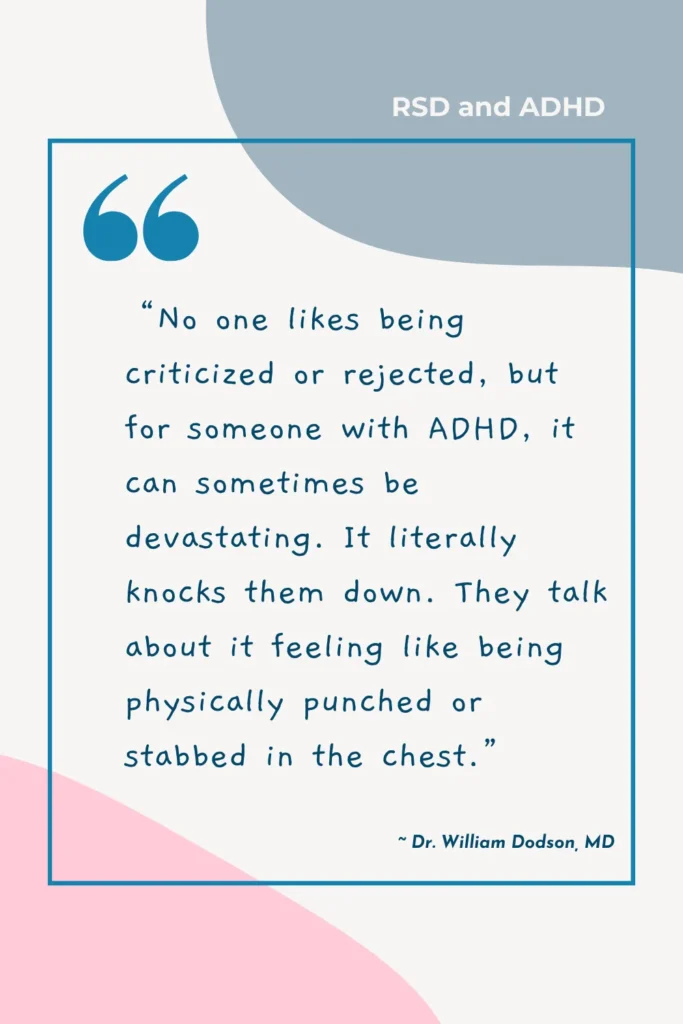
Rejection Sensitivity Dysphoria emerges as an extreme manifestation of an already heightened sensitivity to rejection. It brings forth distinctive traits, including:
Intense Emotional Pain: Unearthing profound emotional anguish triggered by perceived failures, rejections, and critiques.
Sensitivity to Perceived Rejection: A heightened acuity for detecting signals of rejection, paradoxically predisposing individuals to interpret more situations as indicators of rejection.
Negative Self-Image: Crafting a negative self-perception stemming from an unrelenting fear of rejection and the ensuing emotional tumult.
Fear of Rejection’s Sting: Often yielding an intense dread of rejection, RSD leads to anticipatory anxiety and a reluctance to engage in situations where rejection looms. This fear can even result in avoiding social or professional scenarios altogether.
Complicating matters further, one of the ways that RSD plays tricks on our brain is by inducing us to perceive rejection even in situations where it’s not actually occurring!
Perceived Rejection
Perceived Rejection shines a light on the complexities of Rejection Sensitive Dysphoria (RSD). Imagine it as having a super-sensitive radar tuned to detect any hint of exclusion, even if those cues are entirely accidental. In the realm of RSD, everyday interactions can unexpectedly trigger intense emotions, transforming even minor instances; for example, a small lack of affirmation might feel like a big rejection.
Perceived Rejection heightens our sensitivity to signals that hint at exclusion, even if these indications are far from the truth. It’s like wearing glasses that tint our vision with a lens of rejection—we’re primed to see the possibility of rejection at every turn. The consequence? A rollercoaster of emotional highs and lows — amplifying the already potent emotions characteristic of RSD.
The propensity for sensing perceived rejection is particularly pronounced among people grappling with RSD. This heightened sensitivity predisposes us to construe situations as rejections, even when they may not be. This phenomenon, often termed “perceived rejection,” involves reacting to the perception of rejection, even if the actual rejection doesn’t exist.
Let’s consider a scenario: you crack a joke, but the lack of a smile or laughter in response catches your attention. While the person’s intention isn’t to reject you (perhaps they’re distracted or the joke didn’t land), you might interpret their absence of laughter as a signal of rejection.
This exemplifies the challenge posed by rejection sensitivity, where our minds tend to identify rejection even when it’s absent. Those of us with RSD have brains wired to detect even the slightest signals of rejection, leading us to scan our surroundings for such cues meticulously. Predictably, this process often reinforces our perception that we are being rejected, contributing to the belief that we experience more rejection than we actually do. Perceived Rejection can incite emotional dysregulation and stands as a central symptom of RSD.
Characteristics of Rejection Sensitive Dysphoria
Moving beyond the realm of perceiving rejection, Rejection Sensitive Dysphoria (RSD) is marked by an array of distinct characteristics. Here, we delve into some common behaviors and characteristics that often manifest within the context of RSD:
Intensified Emotional Responses: RSD serves as an emotional amplifier, magnifying feelings to a remarkable degree. It triggers intense emotional reactions that can feel overwhelmingly disproportionate to the triggering circumstances. The notable disproportion between the trigger and the reaction sets RSD apart from normative rejection sensitivity.
Swift Emotional Shifts: People grappling with RSD often find themselves on a rollercoaster of emotional shifts. The perception of exclusion in a fleeting moment can rapidly transform a positive mood into a sour one. These abrupt emotional changes can be confusing and disorienting, both for the person undergoing them and those in their proximity.
Physical Pain Response: RSD links emotional pain with a palpable physical sensation. The act of perceiving rejection can evoke a bodily response, where emotional distress translates into physical pain.
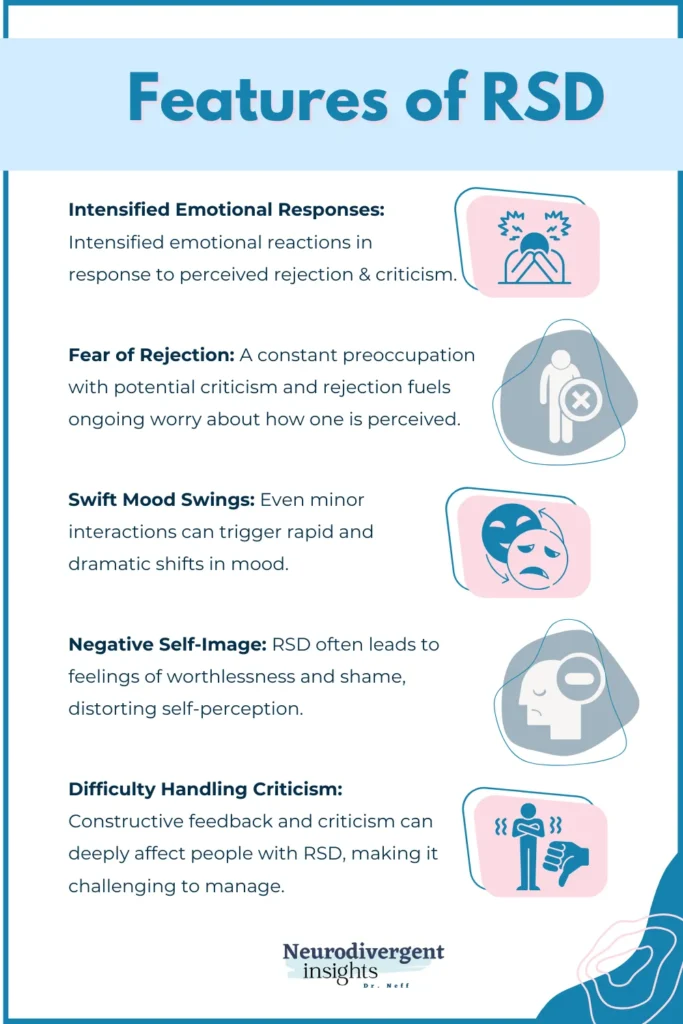
Fear of Rejection: A constant preoccupation with potential criticism and rejection fuels ongoing worry about how one is perceived.
Negative Self-Image: RSD has the potential to cast a shadow on self-perception and self-esteem. Frequent brushes with ejection or the perception of it can foster feelings of inadequacy and unworthiness, impacting self-esteem and self-assuredness.
Hyper-interpretation of Social Cues: People with RSD tend to scrutinize social cues meticulously, searching for indications of potential rejection. Innocent gestures or comments may be misconstrued as exclusion markers, triggering a cascade of emotional turmoil.
Swift Mood Swings & Emotional Turbulence: RSD often ushers in emotional storms characterized by intense surges of sadness, anger, or frustration. These emotional storms can materialize suddenly, prompted by perceived rejections, and can pose a challenge to effectively manage.
Avoidance of Social Interactions: A prevalent response to RSD is retreating from social situations due to a gnawing fear of encountering rejection or criticism.
Workplace Retreat: In the professional realm, RSD can prompt individuals to step back from work-related scenarios that might involve critique or rejection, meaning a person may be less likely to go up for promotion or engage in professional networking.
Difficulty Handling Criticism: Constructive feedback and criticism can deeply affect people with RSD, making it challenging to manage.
These traits provide a clear picture of the complex nature of Rejection Sensitivity Dysphoria, highlighting how the interplay of emotions, perceptions, and behaviors form the constellation of experiences encapsulated within RSD.
Severe Emotional Pain Response to Rejection
The experience of intense emotional pain in response to rejection stands as a hallmark of RSD. It underscores the heightened sensitivity that defines this condition, where emotional wounds cut much deeper than they would for someone without RSD. For those grappling with RSD, even a perceived rejection can trigger an emotional distress of profound magnitude, overwhelming in its intensity. This emotional agony surpasses the realm of typical disappointment or hurt, delving into the realm of profound anguish.
Physical Pain Response to Rejection
For people with RSD, the impact of rejection extends beyond emotional distress, diverging into the realm of physical sensation. Social rejection triggers brain activity linked to both physical and emotional pain, shedding light on the intricate interplay between these intertwined realms. People with RSD frequently describe experiencing physical pain when confronted with rejection or even the mere perception of it.
ADHDers often describe experiencing physical pain when they feel rejected; many describe it as a punch to the gut or other intensely physical reactions. Indeed, rejection, or even the perception of rejection, can cause both physical and emotional pain.
Research indicates that social rejection can trigger a physical pain response, activating brain regions involved in both the sensory and emotional dimensions of pain. Furthermore, the intensity of pain correlates directly with the strength of the rejection experienced. In simpler terms, the greater the sense of rejection, the more acute the physical pain felt. A particular study found that thoughts about a recent romantic relationship breakup invoked both emotional and physical pain responses in the brain (Kross et al., 2011). In essence, when people claim rejection is painful, it’s not merely a metaphor – it holds a tangible truth, surpassing figurative language!
Negative Self-Image
As RSD casts a shadow of heightened sensitivity, every interaction becomes a potential trigger for perceiving rejection. The emotional distress triggered by these perceived rejections contributes to the erosion of self-esteem and self-assuredness. The more frequently one perceives rejection, the lower their self-esteem tends to plummet. This diminishing self-worth further heightens the propensity to interpret benign cues as indicators of exclusion, becoming a vicious feedback loop!
The interplay between perceived rejection and self-esteem creates a self-perpetuating cycle. Lower self-esteem leads to a greater likelihood of interpreting situations as rejection, which in turn fuels the erosion of self-esteem. This feedback loop can become a central challenge for individuals grappling with RSD, intensifying emotional distress and reinforcing negative self-perceptions.
Hyper-interpretation of Social Cues: The Rejection Magnifier
At the heart of this phenomenon lies a heightened vigilance, leading people with RSD to meticulously analyze and interpret every interaction. This hypervigilance emerges from an acute sensitivity to the potential for rejection, resulting in a tendency to scrutinize even the most subtle social cues.
Imagine a person with RSD entering a social setting. Their radar is finely tuned to pick up on any cues that could suggest exclusion or rejection. Innocent gestures, brief exchanges, or casual comments undergo intense scrutiny, often leading to misinterpretations. A smile that doesn’t linger, a moment of distraction, or an offhand remark may trigger a cascade of thoughts, convincing the individual that they are being rejected.
This hyperinterpretation magnifies the emotional impact of even minor interactions. What might seem insignificant to others becomes a source of intense distress for those with RSD. This heightened sensitivity to potential rejection can transform everyday situations into emotional minefields, where innocent encounters can evoke profound feelings of hurt and distress.
The complexity of this phenomenon lies in its self-reinforcing nature. The more vigilant one becomes in seeking signs of rejection, the more likely they are to perceive them, leading to a perpetual cycle of hyperinterpretation. This intricate layer compounds the RSD experience, amplifying the emotional rollercoaster.
Avoidance of Social Situations
Navigating social interactions takes a unique turn, particularly for those inclined to steer clear of such settings due to RSD. The fear of rejection becomes a driving force compelling people to steer clear of social scenarios. This stems from the overwhelming emotional turmoil that the mere possibility of rejection can stir.
Imagine someone with RSD receiving an invitation to a social gathering. While others might view it as a routine event, for someone with RSD, it could trigger a complex mix of anxiety, fear, and anticipation. The dread of rejection or being sidelined might lead to outright avoidance of such situations.
This avoidance behavior serves as a coping strategy. People grappling with RSD strive to shield themselves from the emotional tumult that rejection can trigger by evading scenarios where rejection is possible. Yet, this avoidance inadvertently limits their social interactions and experiences, contributing to a cycle of isolation.
Avoidance of Circumstances Where Criticism is Possible
For people wrestling with RSD, the fear of encountering criticism can fuel a propensity to dodge situations where it’s a possibility. This inclination emerges from the intense emotional upheaval that the mere prospect of criticism can evoke.
For instance, a person with RSD may find themselves in a situation where their actions or work could be subject to critique. While others might navigate it with ease, someone with RSD could find themselves ensnared in a whirlwind of unease, tension, and trepidation. The fear of criticism or judgment might even drive them to avoid such scenarios altogether.
This avoidance response acts as a mechanism for managing emotions. By sidestepping situations where criticism might come their way, people with RSD aim to protect themselves from the storm of emotions that criticism can unleash. However, this avoidance can inadvertently shrink their opportunities for growth and learning, contributing to a cycle of self-imposed limitations.
Rejection Sensitive Dysphoria and Neurodivergence
RSD is particularly common among neurodivergent individuals. Neurodivergence covers various neurotypes that affect how people perceive and interact with the world. Within this blend, ADHD and Autism stand out, showing a higher tendency to experience rejection sensitivity than the general population.
Research indicates that up to 99% of ADHD teens and adults feel the impact of rejection sensitivity, with about 1 in 3 finding it the most daunting aspect of their ADHD journey (Dr. William Dodson Interview).
So, what’s the link between rejection sensitivity and neurodivergence? It’s a convergence of multiple factors.
Neurodivergent individuals often possess more sensitive nervous systems, resulting in heightened reactions to stressors.
Our distinctive neural pathways can engender black-and-white thinking, rendering us susceptible to oscillating between feeling deeply connected and utterly rejected.
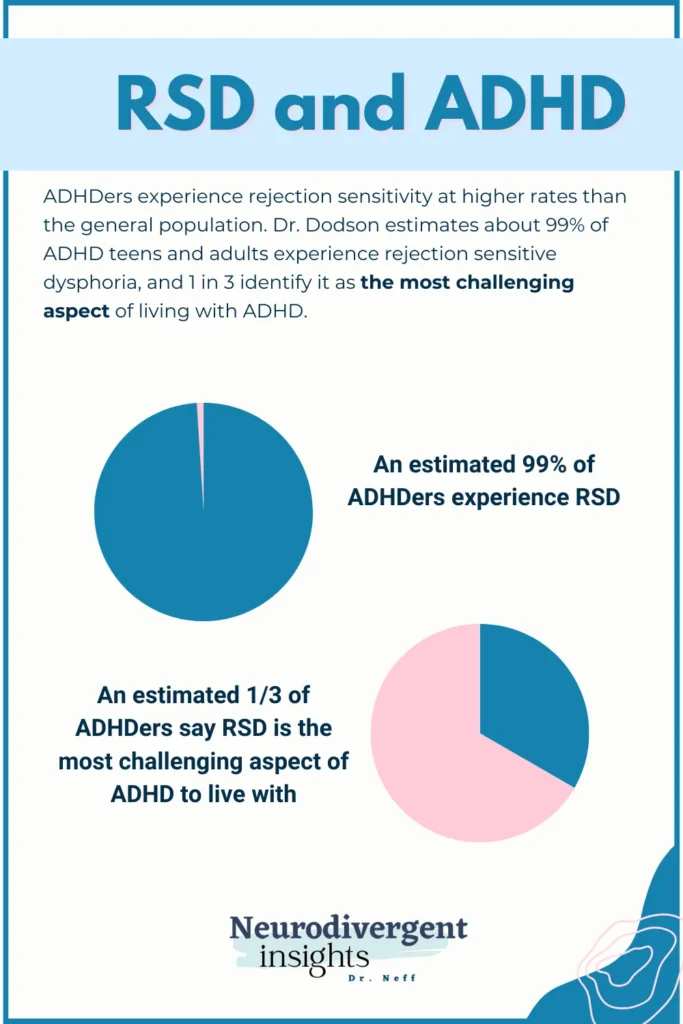
Additionally, our vulnerability to negative childhood experiences, encompassing rejections, social victimization, and bullying, among others, can layer trauma that makes us more sensitive to social disconnection.
Navigating a world that doesn’t always accommodate our needs, we may internalize hurtful messages that make us feel inadequate and “less than.”
This sense of being different from our peers intensifies the feelings of exclusion we experience.
These intricate elements intertwine, magnifying the sting associated with rejection. Understanding the intersection of Rejection Sensitive Dysphoria and neurodivergence shines a spotlight on the nuanced challenges faced by ADHDers and Autistic people as we attempt to navigate neuro-normative spaces.

The Impact of Rejection Sensitive Dysphoria
The ripples of Rejection Sensitive Dysphoria (RSD) stretch far beyond mere emotional responses, shaping various dimensions of people’s lives. RSD’s influence extends into emotional, social, and professional realms, painting a comprehensive picture of its impact.
Emotional Landscape: RSD crafts a turbulent emotional landscape marked by heightened responses to even the faintest signals of rejection. The slightest suggestion of being rejected can trigger an overwhelming sense of distress. This emotional rollercoaster sets the stage for a cycle of negative emotions, disrupting emotional regulation and overall well-being.
Social Interactions: RSD’s sway over social interactions is both deep and intricate. The fear of rejection often gives rise to social anxiety, curtailing opportunities for meaningful connections and experiences. Overreactions to perceived rejection can lead to unstable interpersonal dynamics, while misinterpreting social cues adds complexity, reinforcing feelings of isolation.
Work and Academics: The impact of RSD is particularly pronounced in professional and academic settings. The apprehension of facing rejection or criticism can deter individuals from pursuing opportunities and voicing their ideas. This avoidance can hinder personal growth and achievements.
Self-Esteem: The perpetual sensitivity to rejection can gradually corrode self-esteem. People with RSD might begin questioning their own worth and capabilities, eroding their self-confidence.
Mental Health: The emotional toll exacted by RSD can contribute to the development of mental health disorders, encompassing anxiety and depression. The constant anticipation of rejection can exacerbate existing mental health struggles or precipitate new challenges.
For people with ADHD and/or Autism, the impact of these dynamics might be further pronounced due to our distinct brain wiring.
Navigating Rejection Sensitive Dysphoria
Living with Rejection Sensitive Dysphoria (RSD) calls for a toolkit of practical strategies. Here are 7 straightforward practices that you can incorporate into your arsenal, potentially assisting you in managing the challenges posed by RSD.
7 Strategies for Working with Rejection Sensitive Dysphoria
Identify Your Triggers: Gain clarity on the specific triggers that activate your rejection sensitivity. By recognizing patterns in situations, individuals, or events that provoke heightened reactions, you empower yourself with self-awareness and can respond more effectively.
Embrace Radical Acceptance: Embrace the sensations and emotions that arise alongside rejection sensitivity. By acknowledging these feelings without self-judgment, you can foster greater emotional resilience — enabling you to navigate them more easily.
Cultivate Self-Compassion: Counteract the cycle of rejection sensitivity with self-compassion. Engaging in positive affirmations and self-care practices nurtures emotional resilience, helping us to break free from negative thought loops.
Regulate Your Nervous System: Our nervous system and attachment system get activated by rejection sensitivity triggers. Escape the cycle of intense emotions and negative thought patterns by practicing emotional regulation activities. Soothe your nervous system to restore equilibrium and balance through down-regulation techniques.
Calm the Amygdala: The amygdala, the brain’s fear center, can amplify emotional responses tied to rejection sensitivity. Remind your amygdala that you’re not in physical danger, enabling you to respond more skillfully to triggers.
Catch the Stories: Our minds often weave stories in response to perceived rejection, leading to rumination and self-blame. Disrupt this cycle by recognizing when negative narratives are taking shape and consciously disengaging from them.
Engage in Journaling: Utilize journaling as a way to explore your experiences of rejection sensitivity. Writing offers a channel to process emotions and gain insights into your experiences, paving the way for healing and growth.
For those with both ADHD and RSD, pharmaceutical support and medication can offer helpful assistance in achieving neurological stability. Collaborating with a healthcare provider who understands ADHD nuances can also help you develop strategies for managing RSD.
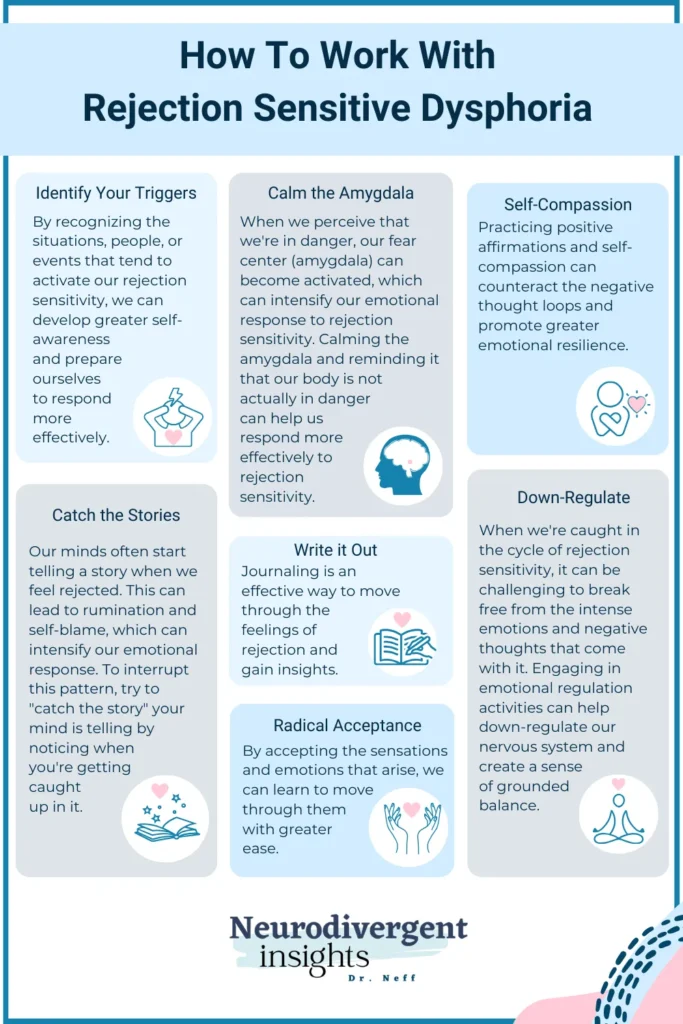
Conclusion
Rejection sensitivity is an integral aspect of the human journey, intricately woven with our innate yearning for belonging and the simultaneous fear of rejection. This delicate dance between these emotions highlights the profound significance of our sensitivity to rejection, tracing back to our evolutionary heritage, where group acceptance equated to survival.
Nevertheless, Rejection Sensitive Dysphoria transcends the conventional boundaries of mere rejection sensitivity, casting a shadow of profound emotional distress and turmoil. Its impact reverberates throughout the spectrum of emotions, shaping social interactions, work dynamics, and self-esteem, particularly pronounced among those who are neurodivergent.
As we navigate the intricate maze RSD presents, a diverse range of effective strategies and practices come to our aid. Armed with these tools, we empower ourselves to delve deeper into the triggers that affect us, self-soothe amidst the challenges of rejection, and transition from feelings of shame to nurturing a sense of self-compassion and gentleness.
If you’re eager to learn more about RSD, including practical exercises and worksheets to assist you in developing tools for managing it, you can explore my workbook here. And since you’ve made it all the way through this blog post, here’s a hidden coupon code just for you—you can get $5.00 off by using the coupon code EvolveRSD.
As we continue to gain insight and awareness and incorporate practices that align with our brain, we can illuminate a path forward in our quest to thrive amidst the challenges presented by Rejection Sensitivity Dysphoria.
References
Cassata, Cathy. ADHD and Rejection Sensitive Dysphoria. [Interview with Dr. Dodson] ADHD Online.
DeWall, C. N., & Bushman, B. J. (2011). Social Acceptance and Rejection: The Sweet and the Bitter. Current Directions in Psychological Science, 20(4), 256–260.
Joseph C. Blader, Attention-Deficit Hyperactivity Disorder and the Dysregulation of Emotion Generation and Emotional Expression, Child and Adolescent Psychiatric Clinics of North America, Volume 30, Issue 2, 2021.
Kross E, Berman MG, Mischel W, Smith EE, Wager TD. Social rejection shares somatosensory representations with physical pain. Proc Natl Acad Sci U S A. 2011 Apr 12;108(15):6270-5.
Dr. William Dodson Interview [Podcast] Take Control ADHD Episode 405: Rejection Sensitive Dysphoria


